
Klink
Rep. Ron Klink represented the citizens of Pennsylvania’s 4th Congressional District for most of the 1990s, but today he represents the interests of Comcast — but one would never know it from his website’s client list.
Klink was a popular moderate Democrat in his far western-central district north of Pittsburgh. But that was not enough to challenge then-Sen. Rick Santorum in 2000 for a Senate seat. Klink was a virtual unknown in the heavily populated eastern part of the state and lost the race by five points.
Klink did not stay disappointed for long after the election, following many other ex-members of Congress through Washington’s revolving door, coming out on the other side as a professional lobbyist.
Ron Klink & Associates tells its clients, “the key to success… is access.”
“At Ron Klink and Associates, we pride ourselves on having the expertise and experience to navigate our clients through the political and bureaucratic mazes of government at the federal, state and local levels,” says Klink’s website. “It is often the case that organizations involved in issues of the day have the most difficulty reaching the branches of government needed to state their case. Whether on Capitol Hill in Washington, D.C., at federal agencies, or at any State Capitol, we guide our clients to interact effectively with decision makers in order to advance each client’s agenda.”
Klink specializes in getting clients face time with elected officials — access ordinary citizens are unlikely to have. When members of Congress ponder policy changes, many rely heavily on the advice that reaches them during these meetings. Knowing how to get a personal sit down with a member of Congress or senator can make all the difference. Fact-finding hearings are also critical in the persuasion game, and Klink’s firm makes sure clients win access to the precious few seats at the testimony table:
Ron Klink and Associates provides clients with the opportunity to influence the decisions made in the halls of Congress, federal agencies and the White House. We have extensive experience in issues analysis that can be helpful to a client trying to anticipate policy changes in the government. Ron Klink and Associates will work with the client to develop and then successfully implement a strategy that yields desired results. Our extensive contacts on Capitol Hill and the Executive Branch, allow our clients’ issues, whether legislative or regulatory, to be heard by key decision makers, thus giving a competitive advantage to the client.
Direct lobbying is only part of our government relations service. With more that 2,500 pieces of legislation being considered annually by the Congress, it is difficult for companies to follow legislation important to their industries. Ron Klink and Associates provides daily monitoring of all legislation, committee hearings, proposed rules, media events, news reports and behind the scenes discussions pertinent to the client’s success. Ron Klink and Associates will report daily if necessary on any events of importance to the client.
We also arrange for our clients to testify before Congress or a federal agency hearing when deemed helpful. We draft the testimony for the client, the media advisory and eventual press release explaining the significance of the event. We provide the panel Members with information about the clients and their interests, as well as conduct all follow up that may be needed to obtain a successful result.
We have arranged seminars and briefings for Members of Congress and Executive Branch employees in order to educate them on the importance of client issues. From these seminars, we are able to build strong, bipartisan coalitions of support to assist us in advancing the client’s goals.
 With thousands of lobbyists providing services similar to ex-Congressman Klink, it should not be surprising ordinary constituents without a team to go to bat on their behalf have a hard time getting a word in.
With thousands of lobbyists providing services similar to ex-Congressman Klink, it should not be surprising ordinary constituents without a team to go to bat on their behalf have a hard time getting a word in.
Most lobbying firms brag about their client list to attract more business. But not Ron Klink. He likes to keep his biggest clients a secret. Among them is a little cable company called Comcast, based in Philadelphia.
Klink doesn’t mention the company at all and does not admit he works on their behalf.
That rubbed the Tribune-Review the wrong way, and the newspaper slapped a “Loser Label” on the ex-politician:
The former congressman seems reluctant to admit he works for a communications conglomerate known for its constantly rising cable rates and less-than-stellar customer service.
The Murrysville Democrat was one of five former congressional members recently identified by The New York Times as being registered Comcast lobbyists. There likely is considerable work ahead for that group, as Comcast seeks federal approval to swallow competitor Time Warner Cable.
Klink’s website, ronklink.com, doesn’t identify Comcast as one of his lobbying clients. But Klink does own up to working for lesser-known entities such as Beaver County and the Findlay Township Municipal Authority.
For being so secretive about his Comcast connection, Klink gets the loser label.
Klink isn’t even close to being the only ex-member of Congress or public official now on Comcast’s payroll. Our favorite at Stop the Cap! remains the completely shameless and transparent Meredith Attwell-Baker, ex-commissioner at the Federal Communications Commission. Just months after voting in favor of the merger of Comcast and NBC, she hurried her resignation letter to FCC chairman Julius Genachowski and took a lucrative job at Comcast’s “government relations” department — a nice turn of phrase that really means “lobbyist.”

Comcast’s lobbying team includes six former government officials. From left, former Senator Don Nickles, former Representative Robert Walker, former Senator Blanche Lincoln, former Representative Ron Klink, David Cohen of Comcast and former F.C.C. member Meredith Attwell Baker.


 Subscribe
Subscribe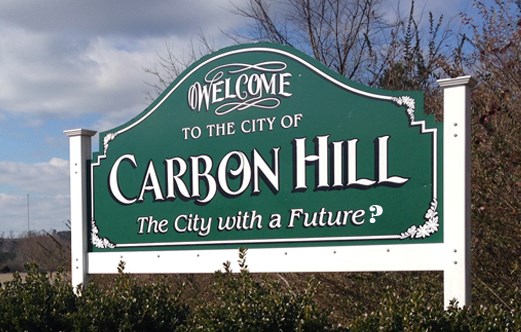
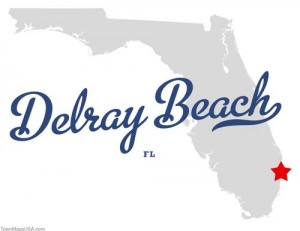 The transition may prove more controversial than AT&T is willing to admit. A similar effort to move landline customers to wireless service was met with strong resistance when Verizon announced it would not repair wired infrastructure on Fire Island, N.Y., damaged by Hurricane Sandy. Hundreds of complaints were registered with the New York Public Service Commission over the poor quality of service residents received with Verizon’s wireless landline replacement. The company eventually abandoned the wireless-only transition and announced it would also offer FiOS fiber optic service to customers seeking a better alternative.
The transition may prove more controversial than AT&T is willing to admit. A similar effort to move landline customers to wireless service was met with strong resistance when Verizon announced it would not repair wired infrastructure on Fire Island, N.Y., damaged by Hurricane Sandy. Hundreds of complaints were registered with the New York Public Service Commission over the poor quality of service residents received with Verizon’s wireless landline replacement. The company eventually abandoned the wireless-only transition and announced it would also offer FiOS fiber optic service to customers seeking a better alternative.
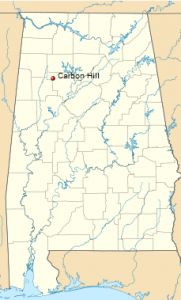

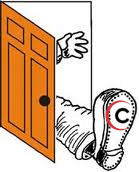

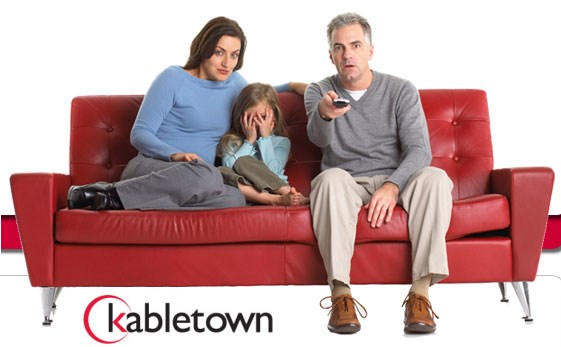
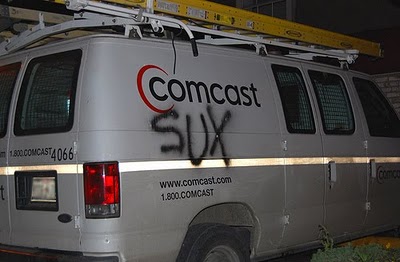
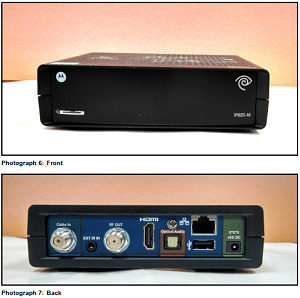
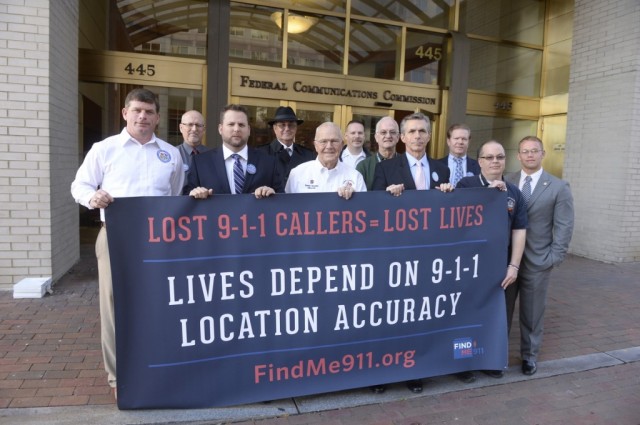
 Deanna Cook of Rylie, Tex is just one victim who might still be alive today if 9-1-1 operators could have tracked her precise location. Last August, Cook called 9-1-1 from her home but was too badly injured in a domestic violence incident to provide her address. Operators relied on the current system to access her location. It took just a few seconds to find the cell tower Cook was accessing to place the call. Shortly after that, Cook’s street and general location became available in about a block-wide circumference, part of what the industry calls “Phase One” data. But the operator had to wait nine minutes for Cook’s wireless provider to finally pinpoint what they believed to be her exact address, the critical “Phase Two” data that can bring help to the right door.
Deanna Cook of Rylie, Tex is just one victim who might still be alive today if 9-1-1 operators could have tracked her precise location. Last August, Cook called 9-1-1 from her home but was too badly injured in a domestic violence incident to provide her address. Operators relied on the current system to access her location. It took just a few seconds to find the cell tower Cook was accessing to place the call. Shortly after that, Cook’s street and general location became available in about a block-wide circumference, part of what the industry calls “Phase One” data. But the operator had to wait nine minutes for Cook’s wireless provider to finally pinpoint what they believed to be her exact address, the critical “Phase Two” data that can bring help to the right door.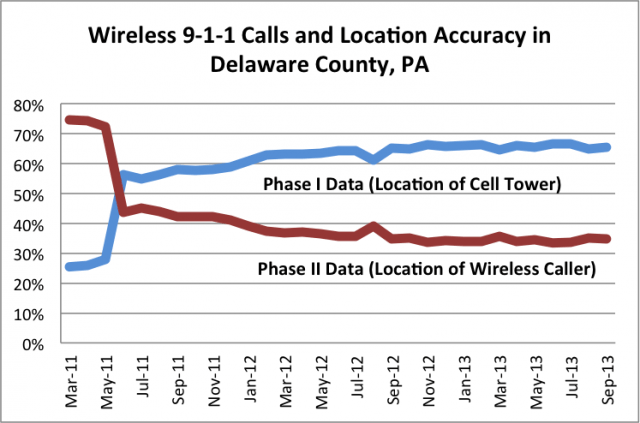
 The Coalition notes the FCC’s data shows an alarming drop in more accurate “Phase Two” data from 75 percent of all wireless calls placed during March 2011 to just 35% in September of this year.
The Coalition notes the FCC’s data shows an alarming drop in more accurate “Phase Two” data from 75 percent of all wireless calls placed during March 2011 to just 35% in September of this year.